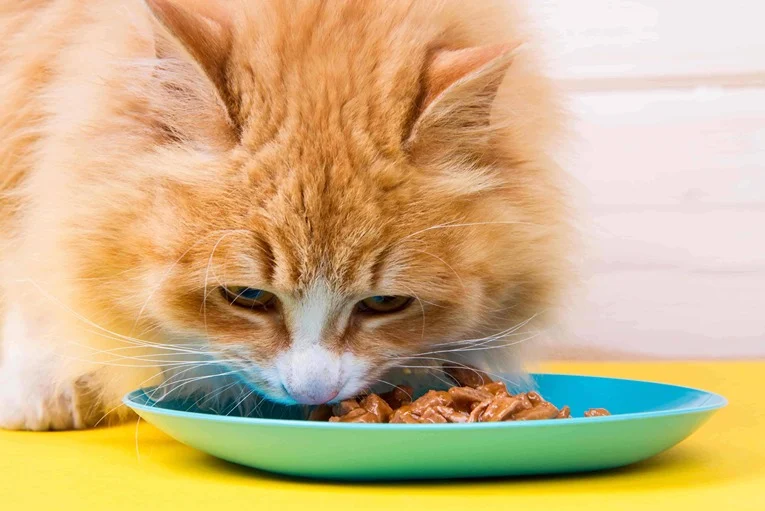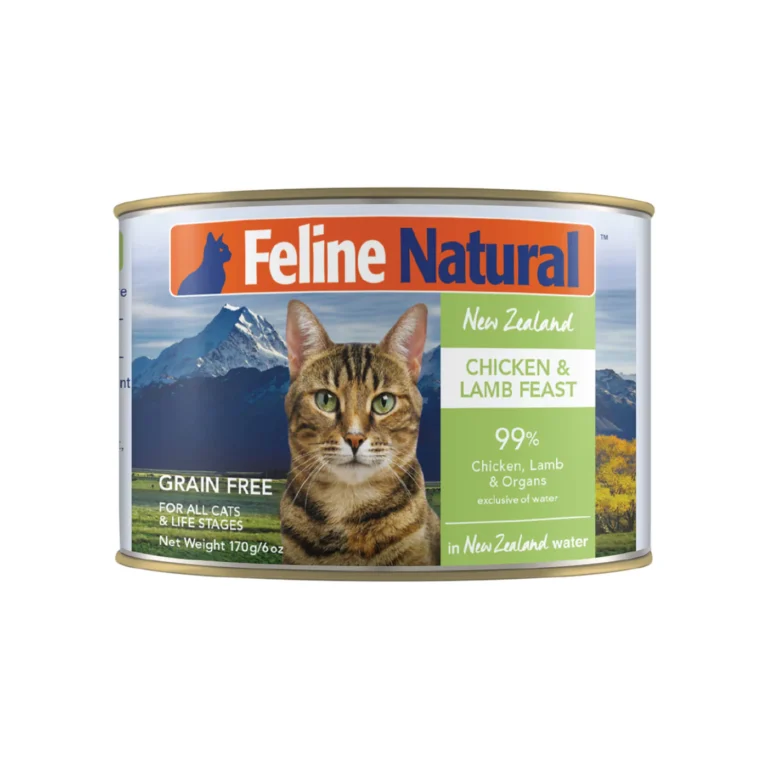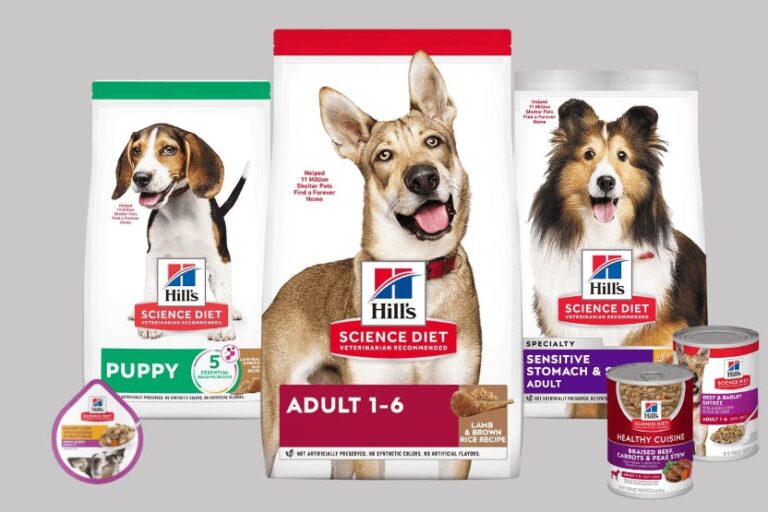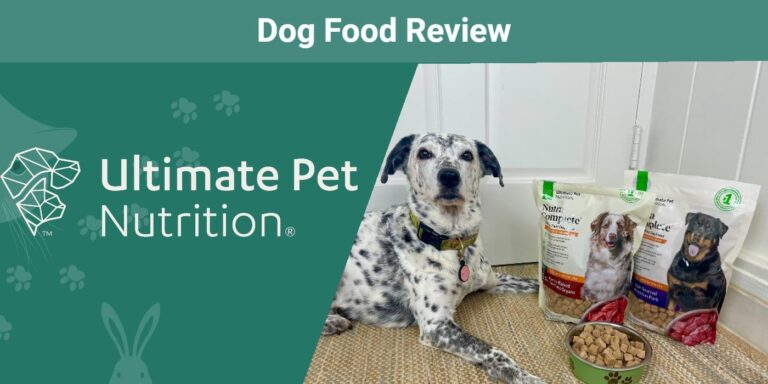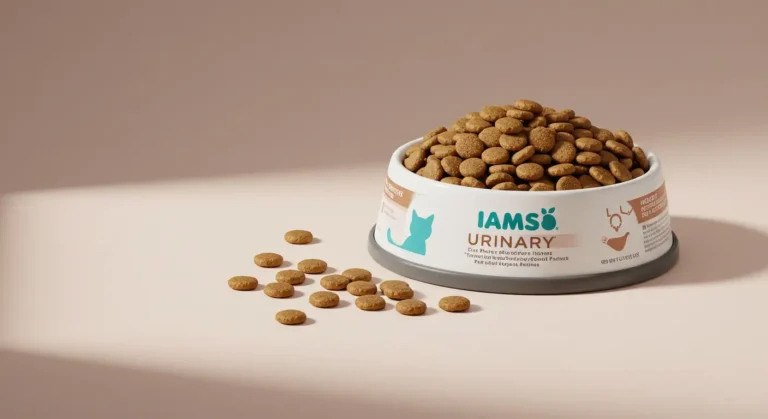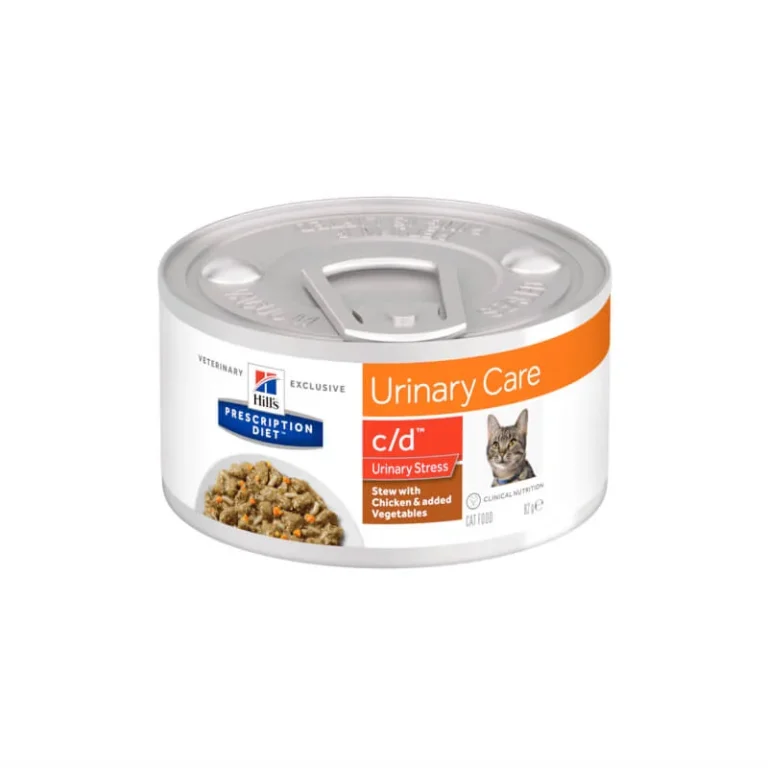Table of Contents
Choosing the right cat wet food can is essential for maintaining your feline’s health, hydration, and overall well-being. Wet food is often preferred over dry kibble because it provides higher moisture content, essential nutrients, and a palatable texture that cats love.
In this article, we’ll explore the benefits, drawbacks, and tips for selecting the best canned wet food for your cat.
Advantages of Cat Wet Food Cans
1. High Moisture Content
Cats naturally have a low thirst drive, which makes hydration a crucial concern. Wet cat food contains up to 80% moisture, helping prevent urinary tract infections (UTIs) and kidney disease.
2. Rich in Animal Protein
Quality canned wet food contains real meat, fish, or poultry as the primary ingredient. This provides essential amino acids like taurine, which support heart, vision, and muscle health.
3. Highly Palatable
Wet food’s soft texture and strong aroma make it irresistible to picky eaters. This is especially beneficial for senior cats or cats with dental issues that struggle with dry kibble.
4. Lower Carbohydrate Content
Many wet foods contain fewer carbohydrates than dry food, making them better suited for cats prone to obesity or diabetes.
5. Supports Weight Management
Wet food is more filling per calorie than dry kibble, making it easier to control portion sizes and prevent overeating.
Disadvantages of Cat Wet Food Cans
1. Shorter Shelf Life Once Opened
Unlike dry food, canned wet food must be refrigerated after opening and used within 24–48 hours to prevent spoilage.
2. More Expensive Than Dry Food
High-quality wet food generally costs more than kibble, making it less budget-friendly for multi-cat households.
3. Requires Proper Storage
Once opened, wet food must be stored in the refrigerator and covered properly to maintain freshness.
4. Can Be Messier
Wet food can leave residue on bowls, requiring frequent cleaning compared to dry kibble.
How to Choose the Best Cat Wet Food Can
✔️ Look for High-Quality Protein – Choose wet food with real meat, poultry, or fish as the first ingredient.
✔️ Avoid Fillers & Artificial Ingredients – Stay away from by-products, corn, wheat, soy, and artificial preservatives.
✔️ Check for Essential Nutrients – Ensure the food contains taurine, omega fatty acids, and vitamins for optimal health.
✔️ Pick the Right Texture – Cats have preferences between pâté, chunks, and gravy-based formulas.
✔️ Consider Special Diets – If your cat has allergies or health issues, choose a veterinary-recommended formula.
Cat Wet Food Cans
Conclusion
A cat wet food can is an excellent dietary choice for hydration, protein intake, and overall health. While it may be pricier and require refrigeration, its nutritional benefits far outweigh the drawbacks. When selecting wet food, opt for high-quality ingredients and the right texture to keep your cat happy and healthy!

